

Expert TMJ/TMD Care in Tampa
Do you experience clicking or popping sounds when opening or closing your mouth? Have you struggled with headaches or migraines, and no one has been able to offer lasting relief? Are you looking to reduce your reliance on pain medication? Do you feel congestion or discomfort in one or both ears? These are just a few symptoms associated with TMD (Temporomandibular Dysfunction), a common condition affecting the jaw joint, also known as the Temporomandibular Joint (TMJ). At Tomlinson Dental in Tampa, we treat TMJ disorders to help alleviate these symptoms and restore your quality of life. TMJ dysfunction, or TMD, occurs when there’s a misalignment between the jaw joint’s natural position and how the teeth and bite work during movement. Causes of this imbalance can range from tooth loss and accidents like whiplash to misaligned or underdeveloped cranial or jawbones, as well as habits like teeth grinding or clenching. Many people live with chronic headaches, facial pain, or neck discomfort without realizing the root cause could be TMJ disorder. Tomlinson Dental is dedicated to helping patients across Tampa identify and address these issues with expert care.
The Temporomandibular Joint (TMJ) connects the lower jaw to the temporal bone on the side of the head. You can feel it by placing your fingers just in front of your ears while opening and closing your mouth. These flexible joints allow smooth movement for chewing, speaking, and yawning. When the TMJ isn’t functioning correctly, it can lead to TMD—a cycle of pain, muscle spasms, and jaw problems that can severely impact your daily life. At Tomlinson Dental, our Tampa team offers personalized treatment plans to correct TMJ dysfunction and relieve symptoms. TMD encompasses a range of conditions stemming from an unbalanced or uncomfortable TMJ, often presenting as pain in the jaw, muscles, and surrounding areas. When teeth are missing, misaligned, or crowded, chewing and biting become unbalanced, causing the TMJ and associated muscles to work harder, leading to painful symptoms. Tomlinson Dental in Tampa provides comprehensive assessments and treatments for TMD, helping patients regain comfort and functionality. TMD can be categorized into three main types:
- Myofascial Pain – The most common form of TMD, characterized by discomfort or pain in the muscles that control jaw movement, as well as in the neck and shoulders.
- Internal Derangement of the Joint – This refers to issues such as a displaced disc or injury to the condyle (the rounded part at the end of the jaw bone).
- Degenerative Joint Disease – Conditions like osteoarthritis or rheumatoid arthritis that affect the jaw joint.
If you’re experiencing these symptoms, Tomlinson Dental in Tampa can help you find relief and improve your overall well-being through effective TMJ treatment.
Diagnosis of TMD Symptoms: Find Relief at Tomlinson Dental in Tampa
To help diagnose a TMJ disorder, you want to look for the following symptoms that are generally related to TMD.
- Jaw Pain
- Jaw Clicking
- Limited Mouth Opening
- Jaw Locking
- Face Pain
- Eye Pain
- Ear Pain
If you are experiencing any of these symptoms, please call our office at (813) 209-0338 and we'll be happy to discuss them further and talk possible treatments that are available and would work best for you.
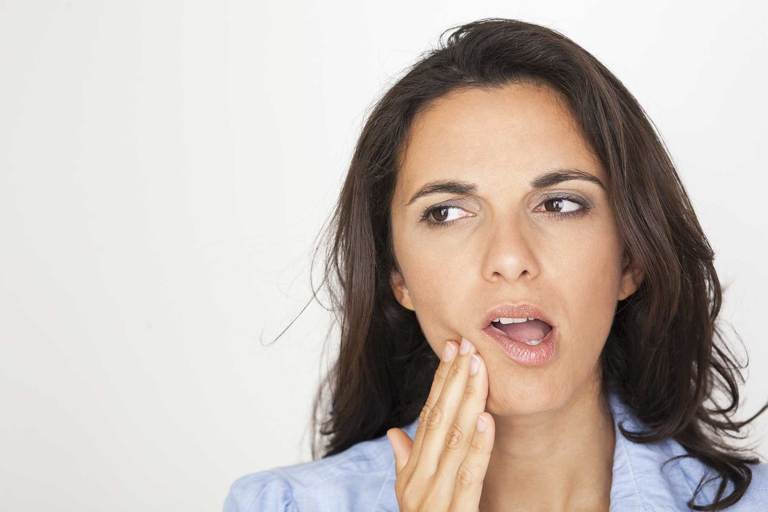
Headaches
If you suffer from frequent head or facial pain, an incorrect bite may be the cause due to constant cranial muscle strain. Headaches from dental stress are a type of muscle tension headache. A tension headache may be on one or both sides of your head and feels like a dull, non-throbbing ache that can usually be relieved by aspirin.
When you swallow, your upper and lower jaw muscles must hold your jaw firmly against the skull. Between swallowing over 2,000 times a day and a poorly aligned bite, the jaw muscles can overwork causing muscle strain which in turn leads to a headache. People who suffer from migraine pain and chronic headaches clench their jaws in a balanced, centered position. This causes extremely intense muscular contraction, but little strain on the jaw. Nighttime jaw clenching usually goes unnoticed but it sets the stage for migraine pain and chronic headache pain.
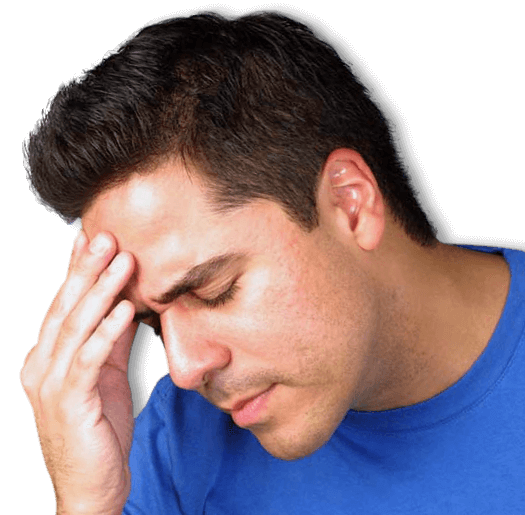
Posture
Posture and your bite are closely related. One affects the other involving muscles in the neck, back, pelvis, and legs.
Poor posture can place unnecessary wear and tear on your joints and cause your muscles to suffer. Your teeth are what determine how your bite goes together. Your bite then determines the position of your jaw, and in turn, the position of your head on your spine.
The teeth are part of your skeletal system and if/when improperly aligns, there is often a compensating effect on the rest of your body. The human body will adjust itself, involving the muscles in the neck, back, and even those of the pelvis, legs, and feet. Most postural problems can be improved at any age, yet the longer the problem exists, the more difficult it will be to correct.
Symptoms of a poorly postured bite include:
- Numbing or tingling sensation in the hand
- Pain in the jaw, head, neck, shoulders, back
- Difficulty clearing the ears
- One shoulder being higher than the other
- Breastbone muscles feel tender to the touch- Pant legs must be hemmed to different lengths
- Heels wear unevenly
TMJ Treatment
Good news!
Luckily, TMJ/TMD is treatable most of the time.
Simple cases of TMJ can be treated with anti-inflammatory medications and a hot/moist compress.
Treatment for more complex cases usually consist of two phases:
Phase I :
Generally speaking, it includes the fabrication of an orthotic. An orthotic is an acrylic device that is worn on the lower teeth 24 hours a day. The orthotic is designed to reposition the jaw to the correct neuromuscular position.
First we analyze the bite, decide which muscles are causing the pain, and where the current position of the bone is and the disc. All this is done with the aid of advanced equipment like the TENS unit, K7 jaw tracking, Sonography, EMG's and advanced x-rays like Tomography, CT Scans and MRI's of the TMJ.
This will help us determine the best and most comfortable position of the TMJ and the muscles. Once that position is determined, we place the orthotic on the lower teeth to keep the TMJ in that position.
Orthotics usually are worn for 4-6 months or until most of the symptoms are relieved. Once an orthotic is in use, the symptoms start gradually disappearing until we reach a point that both the doctor and the patient are satisfied with. This concludes Phase I of the treatment.
Phase II:
After 4-6 months of relief and when the patient is no longer suffering from any TMD symptoms, Phase II will be considered. Phase II includes any of the following:
- Wearing a long term removable orthotic, full time or part time.
- Replace missing teeth.
- Orthodontic treatment (Braces).
- Restore all the lower and/or upper teeth with crowns and veneers to preserve the optimal occlusion (bite) that was achieved with the orthotic in phase I.
Most of the time, any of the above could be considered and chosen, depending on the patients' preferences and financial capability. If you are currently suffering from TMD, it is too early to think of phase II at this time, since it is important to get you out of your pain and symptoms.
Denture patients with TMJ/TMD:
Many patients complain that when they received dentures, they noticed pain in the jaw, headaches, ear problems and other symptoms. Sometimes taking the dentures out will relieve those symptoms.
If your dentures are not made to the correct bite, or vertical dimension, it will most likely cause these symptoms. Simple adjustments could get rid of these symptoms, but sometimes a whole new set of dentures need to be made according to the neuromuscular principles, to get rid of your headaches or jaw pain.

Bite Splints
Bite splints (plates) are effective in relieving TMD symptoms.
A bite splint provides an acrylic platform to bite against. Some bite plates move the mandible to a new position.
Generally, splints are worn part-time and for most people night time seems to be the best time to wear them.
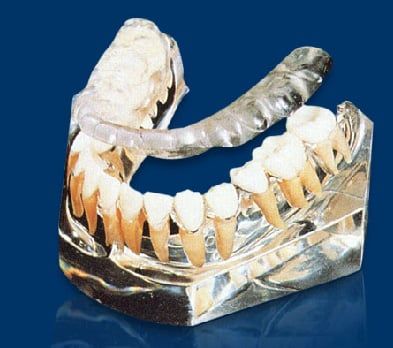
NTI-TSS System
The NTI-TSS System is a type of mouth guard that is placed on the patient's upper teeth. This lets the lower jaw rest in its proper place and causes the teeth to subside from being able to clench together.
If you experience chronic headaches, please ask your doctor because the NTI-TSS System could work for you.
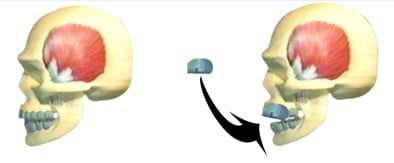
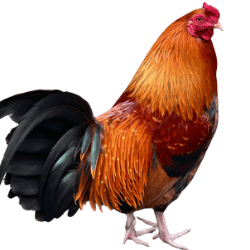
Schedule an appointment today!